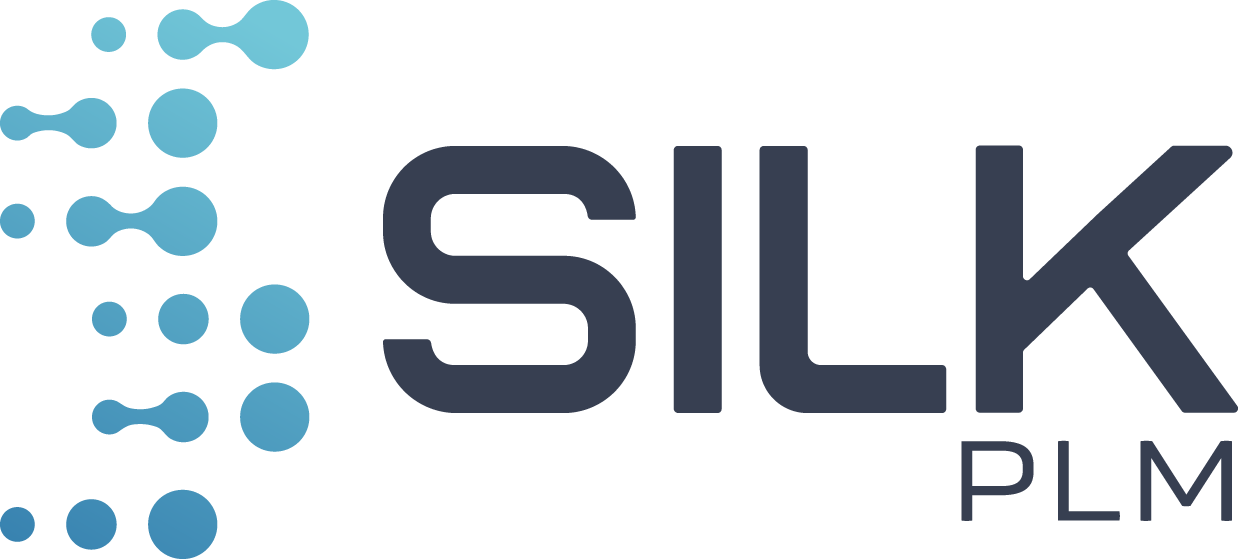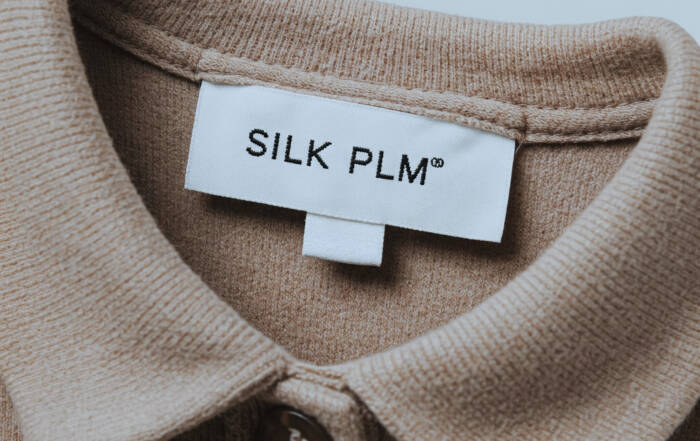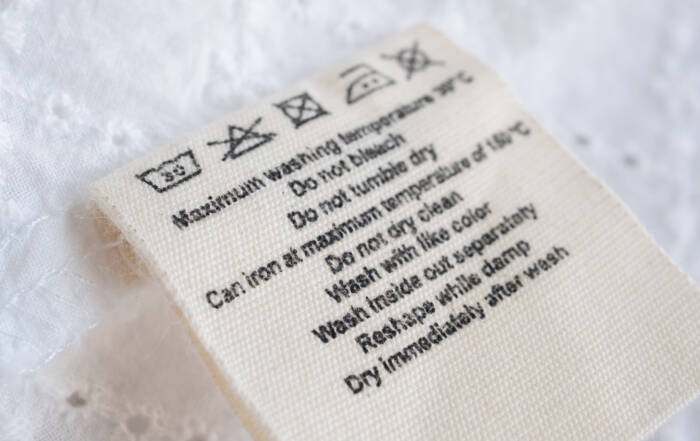Clothing Label Requirements: A Guide for EU & US Fashion Startups
Before you start selling your clothes, let’s talk about something important that is often forgotten: the rules for clothing labels.
Are Clothing Label Requirements Important?
Understanding and following clothing label requirements is vital for several reasons:
- Legal Compliance: Failing to comply can result in fines, recalls, or even bans on selling your products.
- Consumer Information: Labels provide essential details such as fiber content, care instructions, and country of origin, fostering transparency and trust with customers.
- Brand Protection: Clear, accurate labels minimize confusion and help protect your reputation.
EU Clothing Label Requirements: A Detailed Look
The European Union prioritizes consumer protection with specific regulations. Let’s break it down:
Mandatory Information on an EU Clothing Label
- Fiber Composition: Clearly state the exact percentage of each fiber used.
- Example: 70% Cotton, 30% Polyester, or 100% Organic Linen.
- If a garment contains 85% or more of one fiber, you can label it as “100% [Fiber Name].”
- Standardized Fiber Names: Use official EU-approved fiber names to avoid confusion.
- Example: Use “elastane” instead of “spandex.”
- Multiple Materials: Label all components that constitute more than 30% of the finished product.
- Animal-Derived Components: Clearly declare any materials derived from animals, such as leather or fur.
- Care Instructions: While not legally required across all EU countries, including clear care symbols enhances customer satisfaction.
- Manufacturer or Importer Details: Provide the name and address of the manufacturer (if in the EU) or the importer (if manufactured outside the EU).
Practical Tips for EU Compliance
- Language: Use the official language(s) of the destination country.
- Placement: Labels must be permanently attached and easily visible.
- Legibility: Ensure text is easy to read.
- Stay Updated: EU regulations may change—stay informed.
- Partner with Experts: Work with a label manufacturer familiar with EU requirements.
US Clothing Label Requirements: Keeping It Specific
The United States follows regulations enforced by the Federal Trade Commission (FTC). Here’s what you need to know:
What Must Be on a US Clothing Label?
- Fiber Content: Clearly state the fiber composition with percentages.
- Example: 60% Cotton, 40% Rayon, or 100% Silk.
- FTC-Approved Fiber Names: Use generic names approved by the FTC.
- Example: Use “nylon” instead of “polyamide.”
- Country of Origin: Specify where the garment was manufactured.
- Example: “Made in China,” “Made in the USA.”
- Manufacturer or Dealer Details: Include the company name and RN (Registered Identification Number) if applicable.
- Care Instructions: While symbols aren’t mandatory, adequate care information is required.
Practical Tips for US Compliance
- Language: Labels should be in English unless sold in Puerto Rico (where Spanish is acceptable).
- Placement: Permanently attach labels in a visible location.
- Legibility: Ensure the print is clear and durable.
- Apply for an RN: Obtain a Registered Identification Number from the FTC for easy compliance.
- Avoid Misleading Labels: Be truthful and avoid ambiguous claims.
Key Differences Between EU and US Clothing Label Requirements
| Aspect | EU Requirements | US Requirements |
|---|---|---|
| Language | Local languages of the destination country | English (or Spanish in Puerto Rico) |
| Care Symbols | Harmonized symbols recommended | Symbols optional; adequate instructions required |
| Manufacturer Details | Full address required | RN or company name allowed |
| Fiber Names | EU-approved names | FTC-approved names |
Clothing Label Tips for E-Commerce
- High-Quality Images: Show clear, detailed photos of product labels on your website.
- Detailed Descriptions: Include fiber content, care instructions, and country of origin in your product descriptions.
- Transparency: Share information about your manufacturing process to build trust.
- Customer Support: Be ready to answer questions about labels and product details to engage customers.
Final Thoughts on Clothing Label Requirements
Navigating clothing label requirements can feel overwhelming, but it’s a critical step toward building a trustworthy and successful brand. By understanding the regulations for the EU and US markets, you can ensure compliance, protect your brand, and gain the trust of your customers.
If you’re unsure about your labels, seek professional guidance to avoid costly mistakes. Happy labeling, and here’s to your success!
Fashion Labels: The Essential Guide for Clothing Brands
Fashion labels play a crucial role in your brand and shape how customers perceive your product. If you're launching a new product line and feel unsure about how to select the right labels, this guide will serve as your go-to resource!
Guide to Care Labels for Fashion Brands: Compliance & Sustainability
Care labels are a vital communication tool for customer satisfaction, legal compliance, and reinforcing your brand values. Whether you're a fashion startup, e-commerce business, or independent designer, understanding care labels is non-negotiable.



